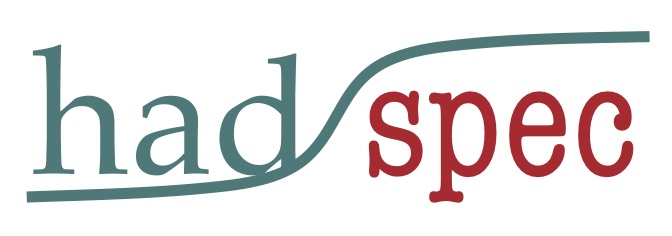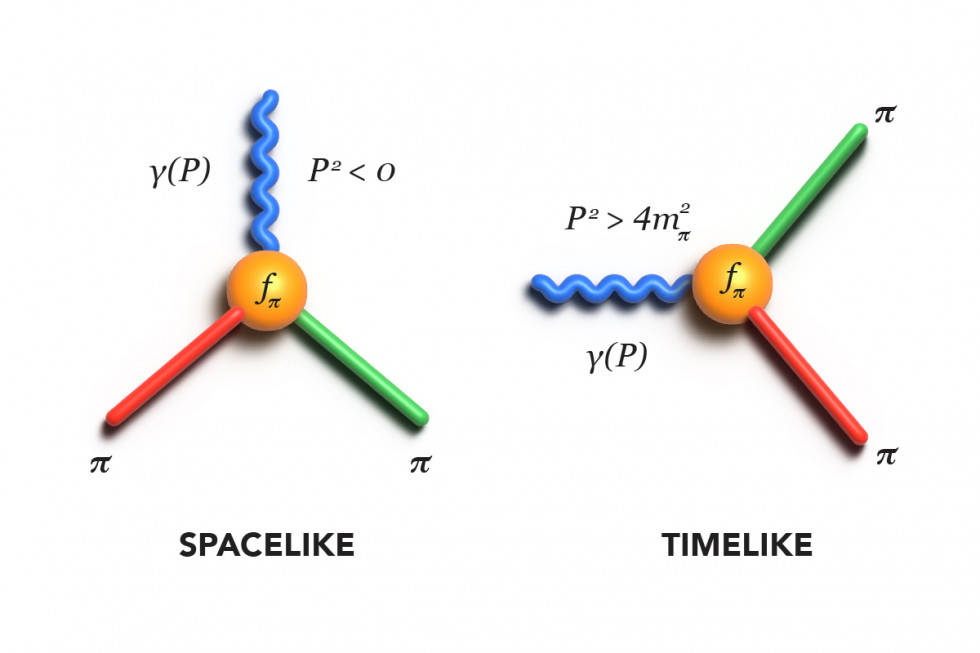
|
Jefferson Lab Highlight, 2025-2-21
An early-career physicist mathematically connects timelike and spacelike form factors, opening the door to further insights into the inner workings of the strong force.
|

|
Jefferson Lab Highlight, 2024-11-12
Lattice QCD method suggests a simpler spectrum of exotic “XYZ” hadrons.
|

|
Jefferson Lab Highlight, 2024-07-16
A combination of supercomputing and traditional techniques allowed Jefferson Lab theorists to better describe the unstable sigma meson particle, contributing to our comprehension of the strong interaction.
|
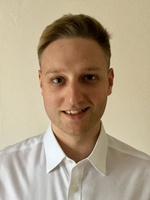
|
Jefferson Lab Highlight, 2020-08-18
Antoni Woss earned JSA’s 2019 Thesis Prize for exploring the theory underpinning the properties of subatomic particles and how they can decay.
|

|
OLCF Highlight, 2018-09-17
The accelerated architecture of America’s fastest supercomputer boosts QCD simulations
|
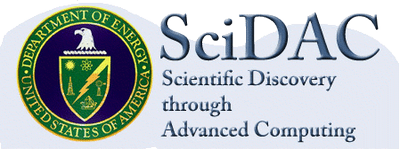
|
Jefferson Lab Highlights, 2017-10-11
Jefferson Lab leads development of next-generation software to benefit
nuclear physics computation. An award was recently announced by DOE’s Office of Nuclear Physics and the Office of Advanced Scientific Computing Research in the Office of Science. It will provide $8.25 million for the “Computing the Properties of Matter with Leadership Computing Resources” research project.
|
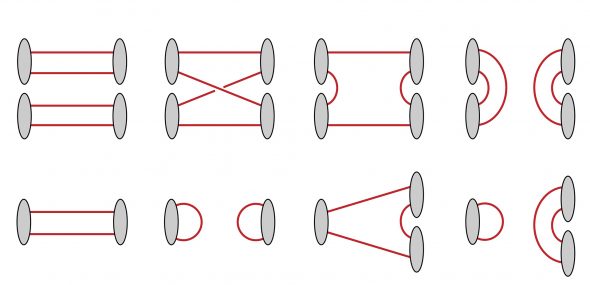
|
Oak Ridge Leadership Computing Facility Highlights,
2017-06-05
Computational findings support advancements in large-scale Jefferson
Lab experiments. A team of computational researchers, led by Jefferson Lab’s Robert Edwards, has been using the Cray XK7 Titan supercomputer at the Oak Ridge Leadership Computing Facility (OLCF)—a US Department of Energy (DOE) Office of Science User Facility located at DOE’s Oak Ridge National Laboratory.
|
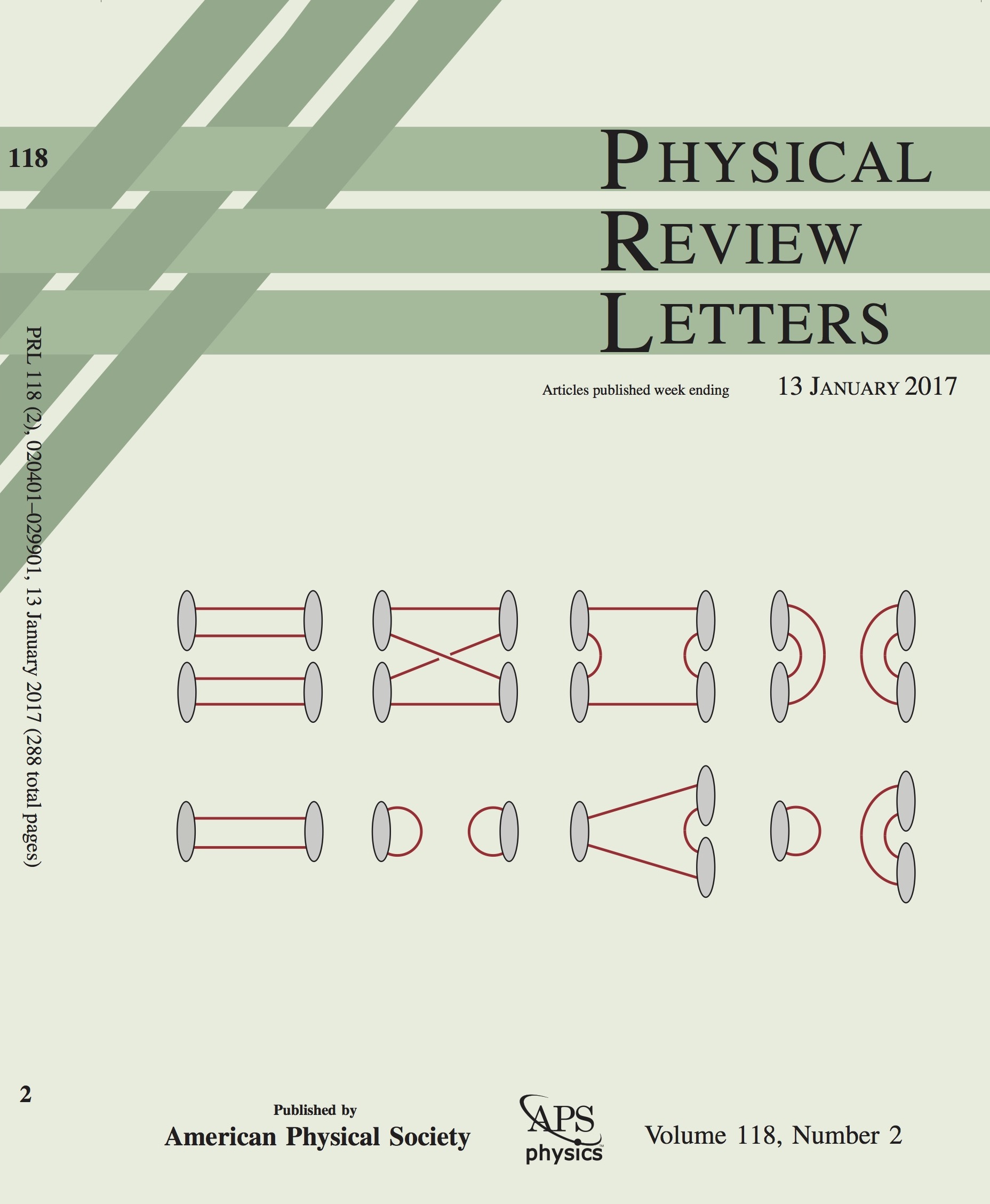
|
Jefferson Lab Highlights, 2017-03-30
A constant conversation deep inside the heart of matter leads to our
visible universe. Much like two friendly neighbors getting together to chat over a cup of coffee, the minuscule particles in our sub-atomic world also come together to engage in a kind of conversation. Now, nuclear scientists are developing tools to allow them to listen in on the particles gab fests and learn more about how they stick together to build our visible universe.
|

|
Jefferson Lab Highlights, 2016-12-20
While next-generation supercomputers are expected to arrive in the next decade, scientists will need to spend considerable time in preparations to make the most of the future machines’ capabilities. Now, Jefferson Lab scientists have been awarded $2.1 million as part of a multi-institutional project sponsored by the Department of Energy’s Exascale Computing Project to prepare for this next major leap in computing capability.
|
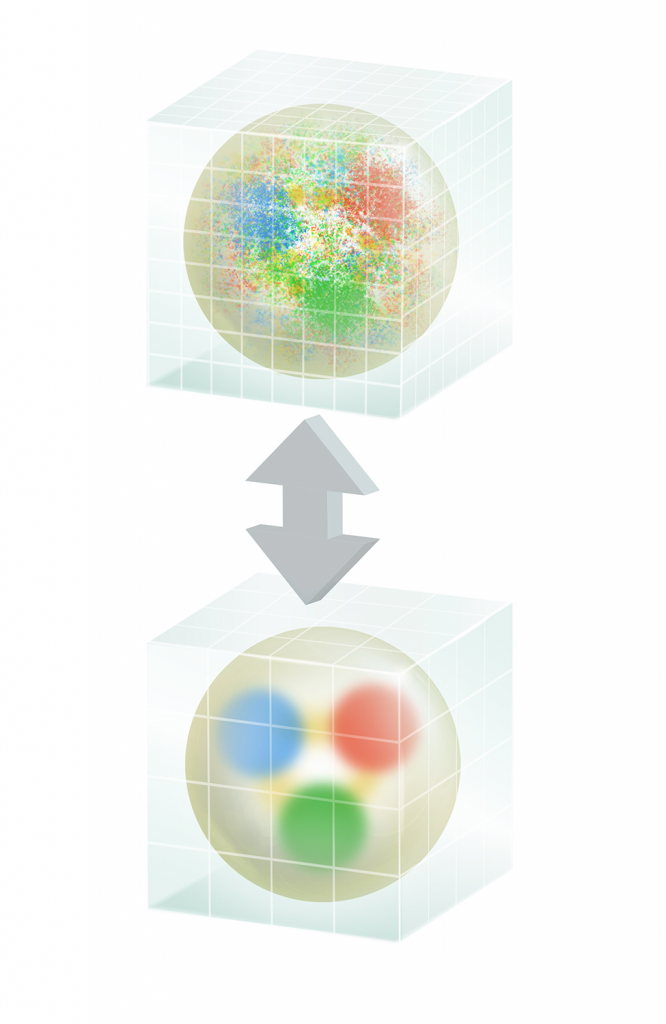
|
Oak Ridge Leadership Computing Facility Highlights,
2016-12-07
Team exploits supercomputer parallelism for computational Quantum
Chromodynamics. Robert Edwards serves as the principal investigator on a project that uses computation to inform the GlueX experiment as well as corroborate experimental findings. To that end the team has been using the Titan supercomputer at DOE’s Oak Ridge National Laboratory.
|
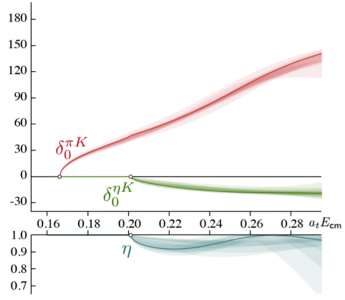
|
Oak Ridge Leadership Computing Facility Highlights,
2015-07-07
JLab team uses Titan to investigate exotic mesons. Last year, they were awarded an Advanced Scientific Computing Research (ASCR) Leadership Computing Challenge (ALCC) allocation to run lattice quantum chromodynamics (LQCD) calculations that can accurately analyze the interactions between quarks and gluons in a vacuum across both space and time.
|
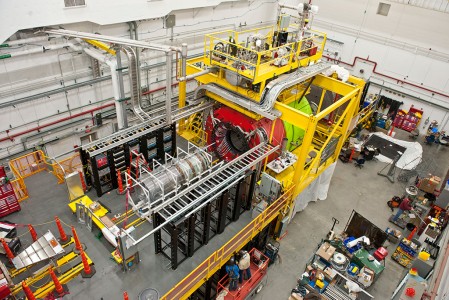
|
Oak Ridge Leadership Computing Facility Highlights,
2014-03-18
Excited particles help explain the universe. A team from Thomas Jefferson National Accelerator Facility (JLab) in Virginia is working to deepen our understanding of quarks, enlisting the help of Oak Ridge National Laboratory’s Titan supercomputer.
|
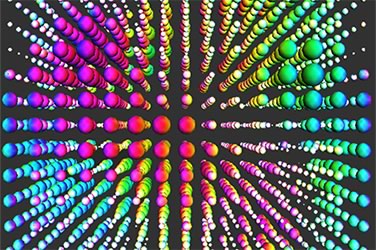
|
Science Node, 2011-06-15
Researchers worldwide have access to a growing library of
Quantum Chromodynamics software that has been ported to run on
graphics processing units, thanks to the efforts of a handful of
researchers.
Using a cluster of 200 GPUs, the hadspec collaboration were able to compute for the first time the highly 'excited' spectra generated by a type of bound quark states - also known as sub-atomic particles - called "exotic isoscalar mesons." In particular, they predicted the mass of a particle that, if confirmed in experiments, suggests that quarks and the "glue" that holds them together are bound in a way that has never before been seen.
|
